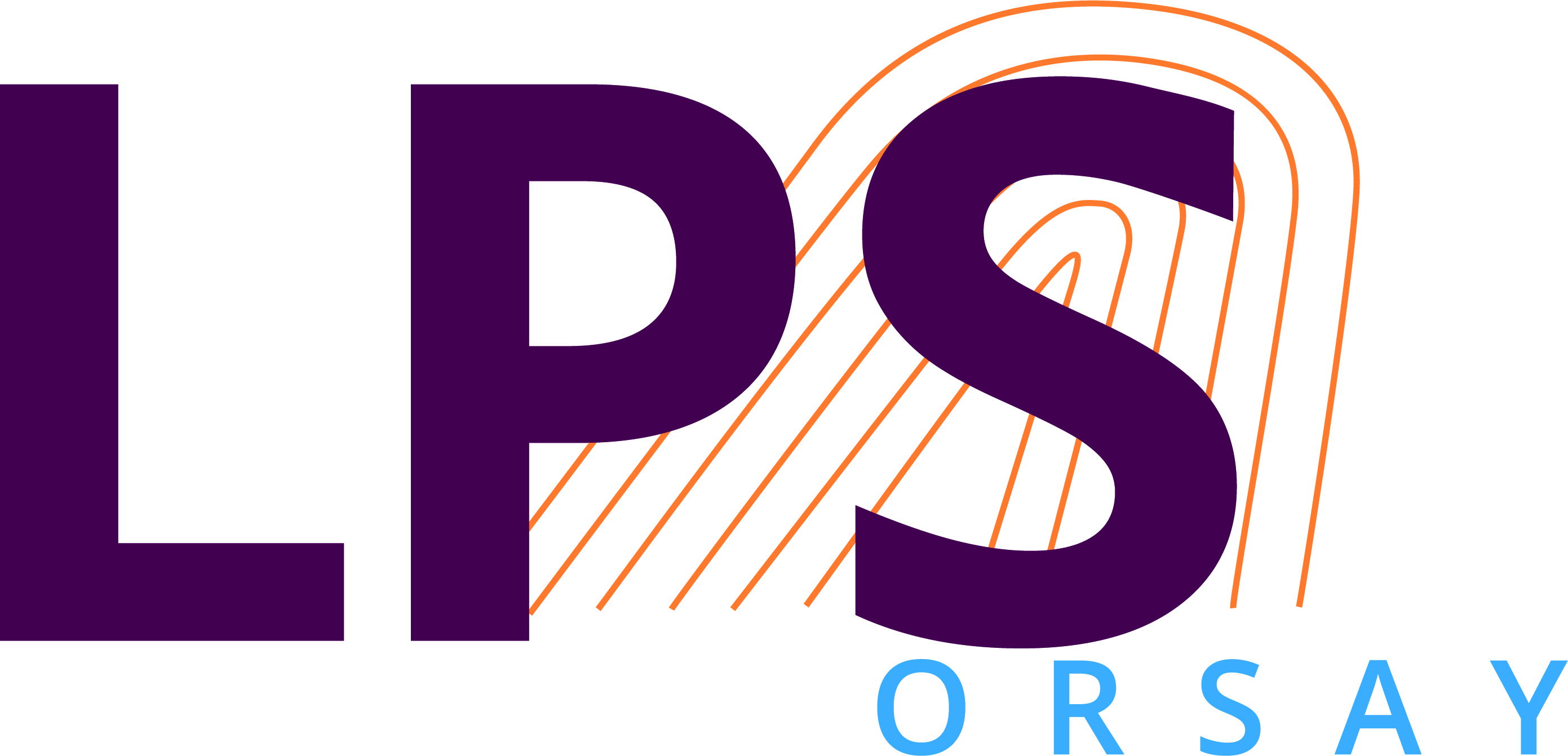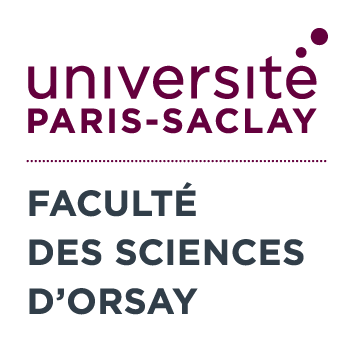Efficient Microwave Photon-to-Electron Conversion in a High-Impedance Quantum Circuit
Résumé
We demonstrate an efficient and continuous microwave photon-to-electron converter with large quantum efficiency (83%) and low dark current. These unique properties are enabled by the use of a high kinetic inductance disordered superconductor, granular aluminium, to enhance light-matter interaction and the coupling of microwave photons to electron tunneling processes. As a consequence of strong coupling, we observe both linear and nonlinear photon-assisted processes where two, three, and four photons are converted into a single electron at unprecedentedly low light intensities. Theoretical predictions, which require quantization of the photonic field within a quantum master equation framework, reproduce well the experimental data. This experimental advancement brings the foundation for high-efficiency detection of individual microwave photons using charge-based detection techniques.
| Origine | Fichiers produits par l'(les) auteur(s) |
|---|



